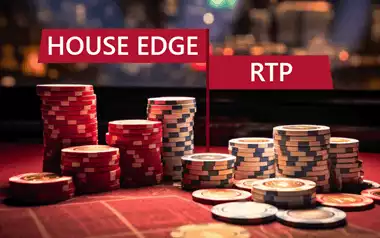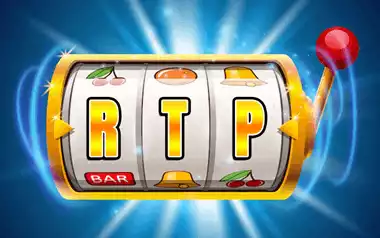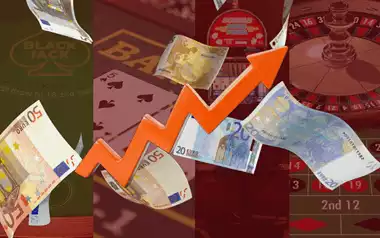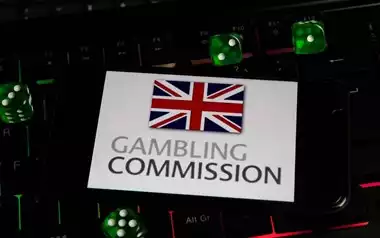Bingo’s story is one of remarkable transformation. From its origins in 16th-century Italian lotteries to church hall fundraising events in wartime Britain, bingo has endured through centuries of social and technological change. Its evolution is not just a tale of gameplay, but a reflection of culture, community, and convenience. Today, bingo lives on platforms that offer ease, interaction, and round-the-clock access. Whether played on a mobile app or in a virtual room, the core excitement—the thrill of waiting for that final number—remains unchanged.
This guide traces bingo’s path step by step, covering its origins, rise as a staple of community halls, decline alongside modern leisure trends, and its renaissance as a digital favourite on bingo sites. Understanding this history provides insight not only into the game itself but into why it continues to hold a special place in the hearts of players.
Origins in Italy and Europe: From Lotto to Early Bingo
Bingo’s origins can be traced back to 1530 Italy, where a state-run lottery called “Lo Giuoco del Lotto d’Italia” became a regular part of civic life. This early lottery used numbered slips and tokens, laying the foundation for what would eventually evolve into the bingo cards we recognise today. As the game travelled north through France and Germany, its form diversified.
In 18th-century France, a game known as “Le Lotto” emerged among the elite, using printed cards, drawn numbers, and tokens. It was regarded as a refined form of entertainment. Meanwhile, in Germany, educators adapted the game as a teaching tool to help children grasp spelling, multiplication, and historical facts through play. These innovations were subtle, but crucial—they illustrated bingo’s core appeal: learning and luck, wrapped in interaction.
Our recommended bingo sites for UK players.
Carnival America: From “Beano” to Bingo
Fast forward to 1920s America, where a carnival game known as “Beano” became a hit. Players used beans to mark off numbers on cards as they were called out. Legend has it that during one session, an enthusiastic winner shouted “Bingo!” instead of “Beano,” and the term was immortalised.
Toy salesman Edwin S. Lowe saw the game's potential and partnered with a mathematician to develop thousands of unique card combinations. This marked the formal birth of the bingo format we know today. Lowe’s version quickly gained traction across the United States, especially among churches and fundraising groups. Its low cost, straightforward gameplay, and potential for sizeable community gatherings made it a staple of mid-20th-century American life.
Britain’s Bingo Boom: Wartime Halls to National Pastime
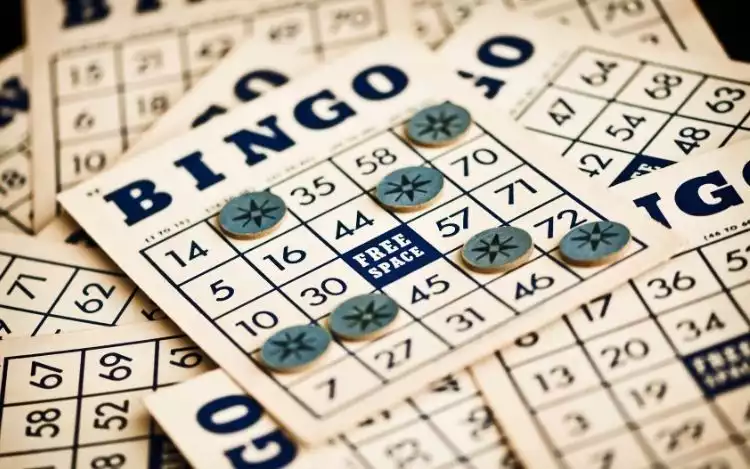
Britain’s Bingo Boom Wartime Halls to National Pastime
Bingo made its way to Britain in the early 20th century under the name “housey-housey,” gaining popularity during both World Wars. It served not only as a distraction from hardship but as a unifier—people from all walks of life gathered in makeshift halls to play. In 1960, the Betting and Gaming Act legalised commercial bingo, ushering in a golden era. Purpose-built bingo halls appeared across cities and towns, often housed in former cinemas or theatres.
By the 1970s and 80s, these venues had become buzzing social hubs. It wasn’t just about numbers; it was about friendships, a sense of belonging, and community ritual. Some halls attracted thousands weekly, complete with celebrity callers, themed nights, and elaborate light displays. The game’s reach spanned generations, with players taking part in mother-daughter duos or groups of pensioners heading out for their ritual Wednesday night flutter.
Decline of Halls, Rise of Digital: Internet Bingo Emergence
However, no game is immune to changing societal tides. By the late 1990s, the once-thriving bingo hall industry faced numerous challenges. The advent of television and new leisure activities began to draw younger generations elsewhere. More pressingly, smoking bans and changes in licensing laws led to a reduction in hall attendance. The communal spark dimmed.
But bingo was not destined for decline—it was poised for reinvention. With the arrival of the internet, the first online bingo games emerged, offering a convenient alternative to physical halls. Though primitive in design, these early platforms mirrored the traditional 90-ball format and enabled players to enjoy the game from the comfort of home. For many, especially those with mobility issues or social anxieties, this shift was revolutionary.
Growth of Online Bingo: Platforms, Mobile, and Innovation
In the early 2000s, real‑money online bingo platforms began to flourish across the UK and Europe. These digital venues offered themed rooms, real‑time chat, and automatic card marking—simulating the social feeling of bingo halls. As smartphones took hold, mobile bingo skyrocketed in popularity, enabling play anytime, anywhere.
Modern platforms now deliver multiple variants—like 90‑ball, 75‑ball, Slingo, and themed experiences—many of which include dedicated hosts, loyalty perks, and interactive event features common among the best bingo sites.
What Today’s Players Experience: Interaction, Themes, and Rewards
Today's top online bingo sites offer richly interactive communities, complete with live chat, themed rooms, loyalty tiers, and host‑led games. Optional side activities such as instant scratch cards or smaller mini‑games add variety and energy. Far from replacing bingo halls, these digital platforms build on the social roots of the game while offering modern conveniences and entertainment formats.
Timeline of Key Milestones
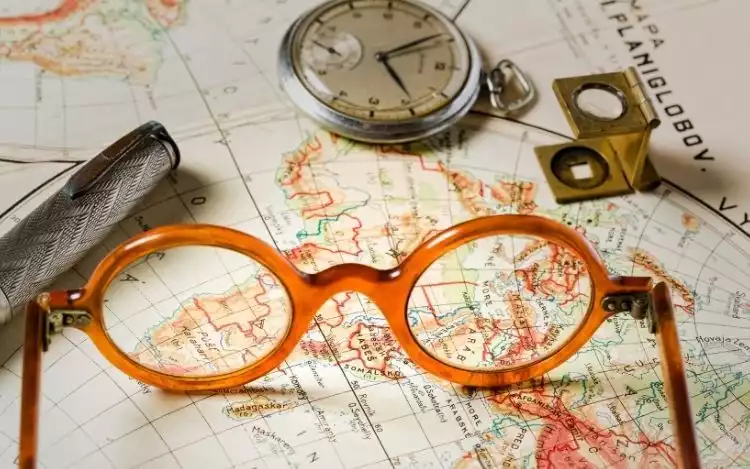
Timeline of Key Milestones
- 1530s: Italian lottery game resembling modern bingo originates.
- 18th‑19th century: Game spreads through Europe and is used educationally.
- 1920s–1930s: American carnival “Beano” evolves into modern bingo.
- 1960: Legalisation in the UK sparks bingo hall explosion.
- 1990s: Decline in physical halls begins; the first online bingo platforms appear.
- 2000s onward: Online and mobile bingo flourish, introducing new variants and social features.
Conclusion: Tradition Meets Innovation on Today’s Platforms
Bingo’s history is one of adaptation, connection, and enduring appeal. From Italian lotteries to modern bingo sites, the game has stayed true to its communal spirit while embracing technological advancements. Today’s platforms combine nostalgia with modern design—making classic gameplay accessible while enhancing it with interactivity and social engagement.
Whether you enjoy traditional 90‑ball play or themed formats with bonus mini‑games, the evolution ensures bingo remains engaging, inclusive, and full of variety. And while bingo continues to change, the core thrill remains the same: the hope stirred by awaiting that final number.
For further deep dives into gameplay formats, community trends, and trusted platform reviews, Gambling Zone is your go‑to source.


